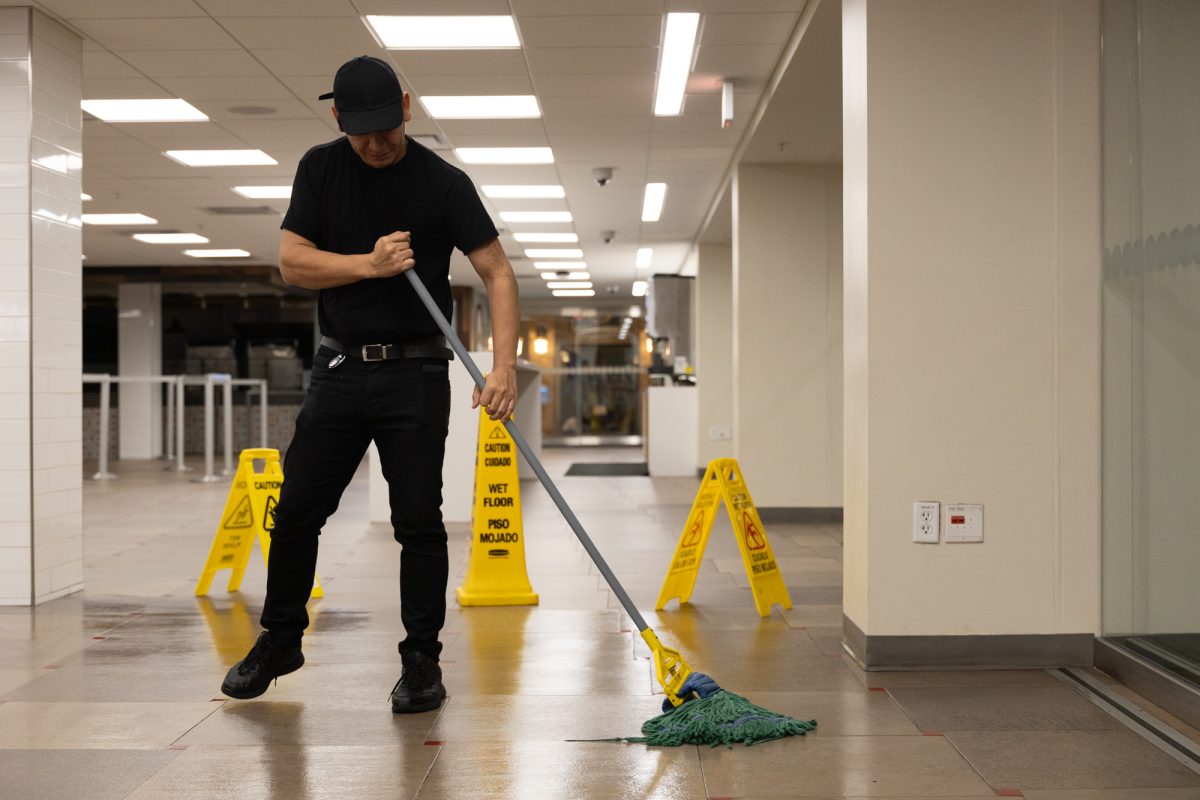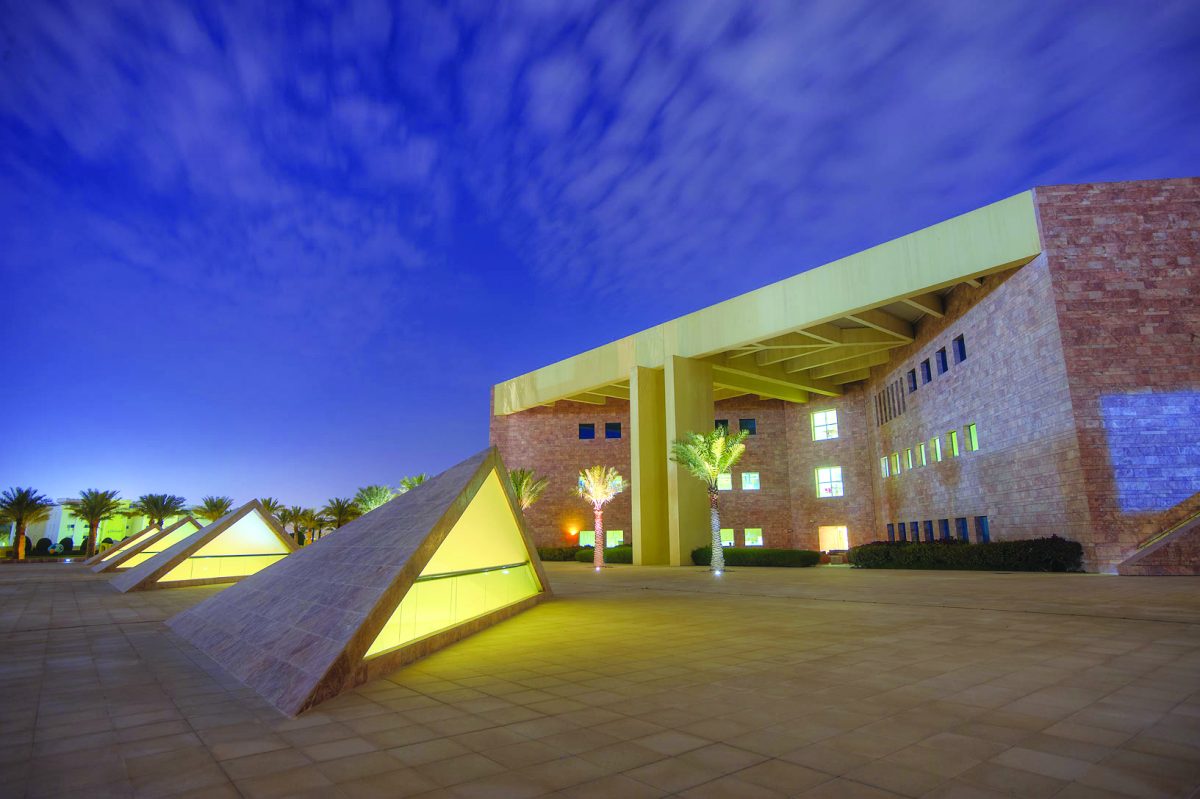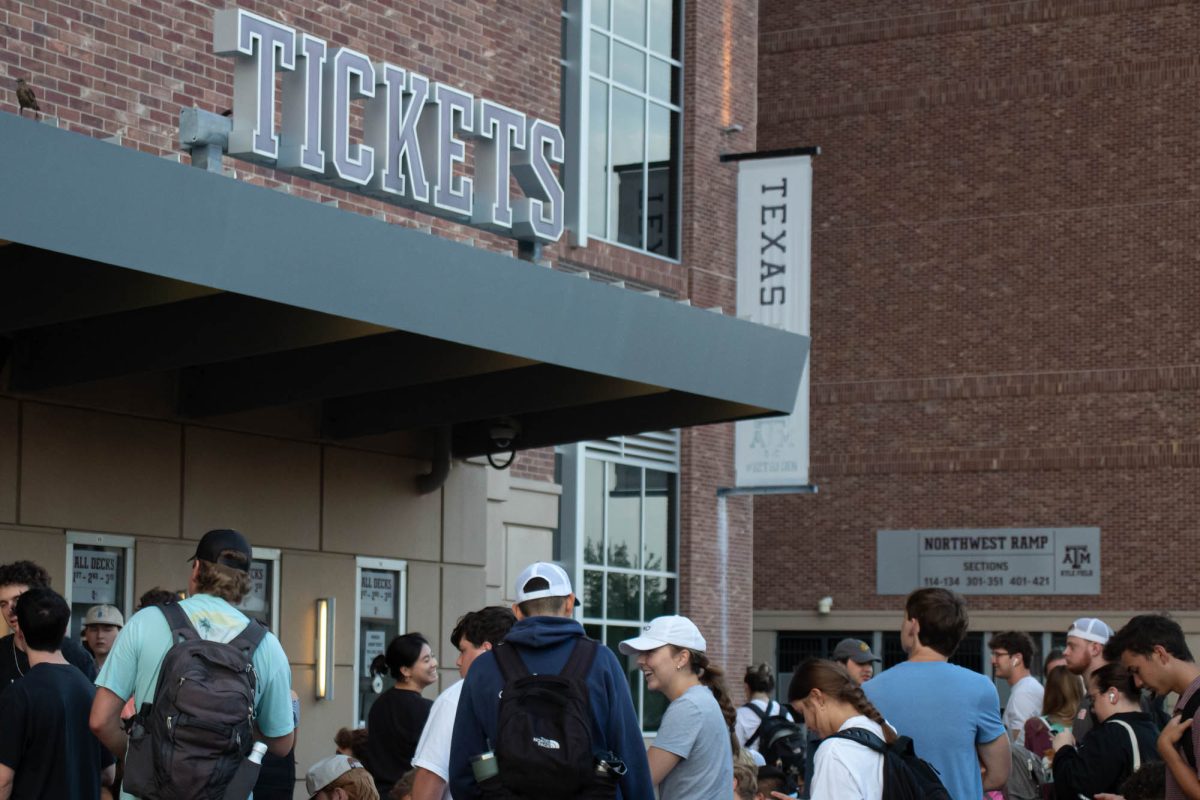Texas A&M researchers will take part in the 2014 International Kemp’s Ridley Sea Turtle Symposium, an event that hasn’t taken place since 1985.
The symposium, which will begin Tuesday and end Wednesday evening, was called to address a decrease in the growth trajectory of the Kemp’s Ridley Sea Turtle, said Pamela Plotkin, director of Texas Sea Grant at Texas A&M University.
“My plan was to wait until the 30th anniversary and do the symposium next year, sort of celebrating 30 years since the first one,” Plotkin said. “We’ve learned so much about the biology, conservation and management of the turtle since 1985. But these last couple years have been really poor years for the turtle.”
Data collected on the sea turtle population is based on calculating how many eggs they leave on the beach, Plotkin said.
“Up through the ’60s, there were quite a few nests being laid,” Plotkin said. “The number of nests decreased to where in the mid ’80s they were almost extinct. There were literally about 300 females remaining in the entire population, and they live primarily in the Gulf of Mexico, so they lay their eggs in Mexico and Texas.”
Plotkin said through the efforts of a joint U.S.-Mexico sea turtle program, the Mexican and U.S. governments were able to work together to protect nests on the beach and reduce mortality of turtles in the water.
Plotkin said this year’s symposium is going to feature a large body of research, including research performed by Texas A&M and Texas A&M Galveston researchers.
“Texas A&M has a rich history in researching Kemp’s Ridley Sea Turtles,” Plotkin said. “In 1991, my biology professor Dave Owens had a whole section of aquatic facilities in the Biological Sciences West Building where we had Kemp’s Ridley Sea Turtles. The coolest thing that not many people know about is we had an adult female and she started laying eggs in the water.”
The large turtle was loaded into a university truck and was driven out to the campus golf course where she began laying her eggs in the sand traps, Plotkin said.
“We had the most endangered sea turtle in the world laying eggs on our own golf course,” Plotkin said.
In addition to faculty research, the Texas Sea Grant has played a critical role in the recovery of Kemp’s Ridley Sea Turtles.
“We’ve been working with shrimp fishermen to teach them how to properly install and operate turtle excluder devices,” Plotkin said.
The symposium begins at 8 a.m. Tuesday at the Brownsville Event Center.
A&M researchers contribute to sea turtle symposium
November 17, 2014
0
Donate to The Battalion
Your donation will support the student journalists of Texas A&M University - College Station. Your contribution will allow us to purchase equipment and cover our annual website hosting costs.
More to Discover








